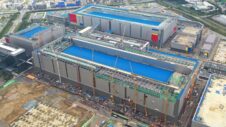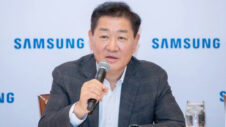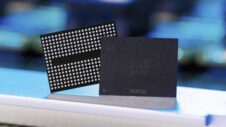Although Samsung has had an excellent start to 2023 with the launch and the tremendous response to the Galaxy S23 series, the company is on a rocky boat on the business end in the chip segment. The latest report highlights that Samsung Electronics' semiconductor business is losing billions of dollars. It lost about KRW 3 trillion (approximately $2 billion) in just the first two months (January and February) of 2023.
What's more alarming is that this loss-making trend is also speculated to continue in the first quarter of this year. According to KoreaJoongAngDaily, Samsung's operating loss is expected to balloon to KRW 4 trillion (approximately $3 billion) by the end of Q1 2023. This isn't a good sign for the South Korean giant, and this will be the semiconductor division's first loss since the Q4 of 2008. The global economic downturn is to blame here.
Samsung Electronics has borrowed 20 trillion won to continue semiconductor investments
One industry source added, “Its semiconductor division has a foundry business that makes a profit, but the contract chipmaking segment is not big enough to lessen the massive losses from the memory business. At least 2 trillion won of loss for the Device Solution (DS) division is inevitable.” However, the DS division, the crown jewel for Samsung, was affected by the steep price decline of semiconductors that shook the company at the end of 2022.
In 2022, the Samsung semiconductor business contributed 23.8 trillion won in operating profit out of the company's entire 43.4 trillion won in profit. Quarter-wise, it was KRW 8.5 trillion (approximately $6 billion) in Q1 of 2022, KRW 9.9 trillion (roughly $7.5 billion) in Q2 of 2022, and KRW 5.12 trillion (about $3.8 billion) in Q3. The profit went down the drain in Q4 of 2022, as Samsung recorded a KRW 270 billion operating profit, down 97% on the year.
To continue funding for semiconductors, Samsung Electronics has reportedly borrowed KRW 20 trillion (approximately $16 billion) from its Samsung Display division. Moreover, the company has admitted that, similar to last year, it will maintain the level of capital expenditure without resorting to cutting back on the production of semiconductors.






